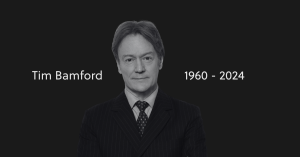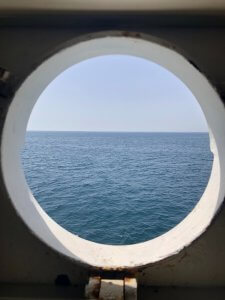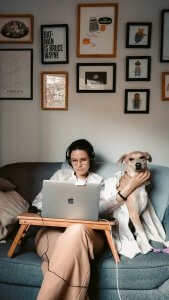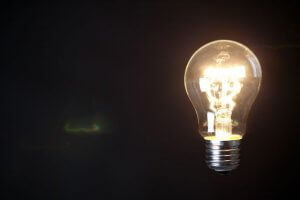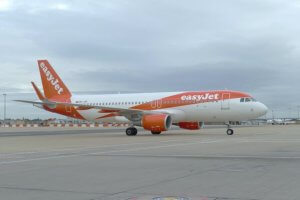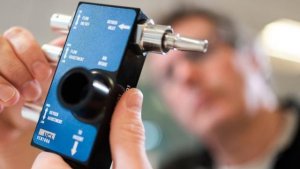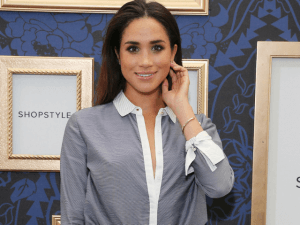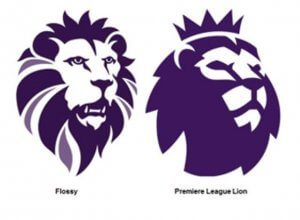- Business
- Intellectual property
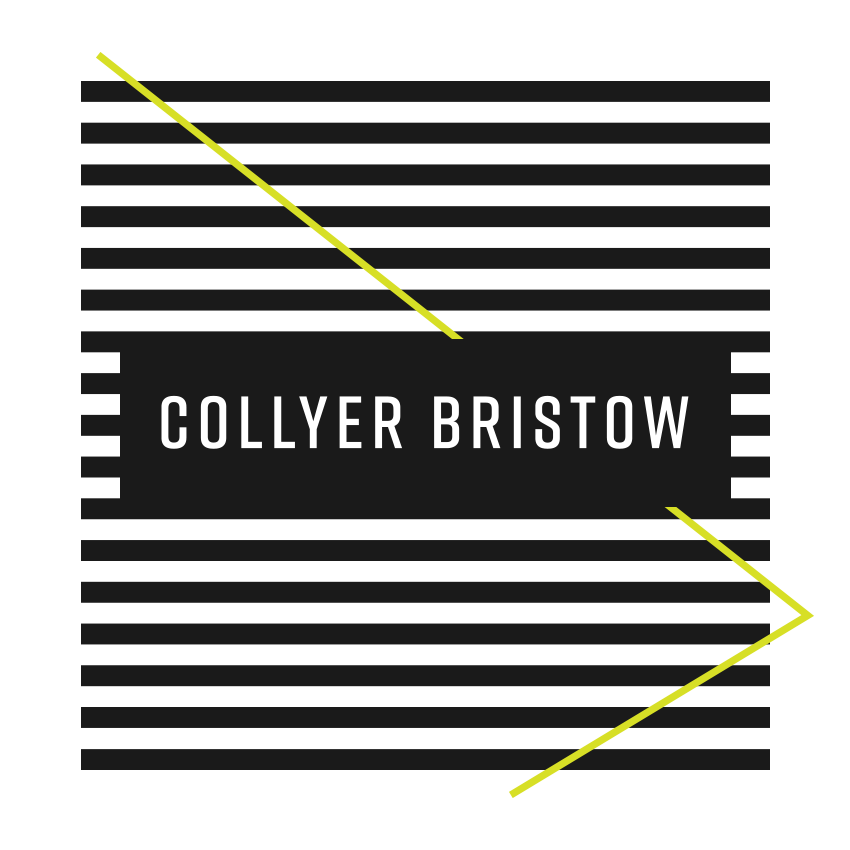
Shorter Reads
Breaking Point for KitKat?
1 minute read
Published 26 July 2018
Key information
- Services
- Business
- Intellectual property
KitKats may have been helping people take breaks since 1935, but the European Court of Appeal would not give Nestlé a break as they refused to register as a trademark the 3D shape of the chocolate bar. The arguably iconic four-fingered shape of the KitKat underpins their tear and snap ad campaigns which have seen stars such as Jason Statham slice through the foil and snap off a finger. Nonetheless, the ‘four trapezoidal bars aligned on a rectangular base’ as it was snappily put, can be recreated by other confectioners.
The Court held that, although the shape of the KitKat bar is well known, most consumers would not recognise the four-finger chocolate bar without the KitKat logo or packaging and that the consumer is more likely to be influenced by the brand name on the bar and the wrapper than solely the shape.
Nestlé has spent over a decade fighting the trademark dispute, which the likes of Cadbury have opposed. The shape is protected in Australia, Canada and South Africa, and following four years of back-and-forth was registered as a trademark in the EU until rivals opposed the registration. In 2007, the case came to court, and this week’s decision saw Nestlé’s appeal thrown out and the EU Trademark office ordered to reconsider its decision, annulling KitKat’s claim.
The mark is now in the hands of the EU Trademark office and it is likely that it will be removed from the register for now, as there is not sufficient evidence that the shape is distinctive across all EU member states. This leaves scope for own-brand imitations, and allows less well known, identical bars such as Norway’s Kvikk Lunsk to continue production.
The bar, four-fingers or not, has been set high in regards registering trademarks for 3D shapes. The Court has reiterated the need for distinctiveness in the shape alone, and not when considered with a logo and other branding.
The KitKat case has shown that consumer awareness and knowledge and association of a shape with a brand is not enough for the Court to consider registering a 3D shape as trademark, and brands will have to show that their shape is distinct in order to stand a chance of registration.
https://eur-lex.europa.eu/legal-content/EN/TXT/HTML/?uri=CELEX:62017CJ0084&qid=1395932669976&from=EN
Associated sectors / services
KitKats may have been helping people take breaks since 1935, but the European Court of Appeal would not give Nestlé a break as they refused to register as a trademark the 3D shape of the chocolate bar. The arguably iconic four-fingered shape of the KitKat underpins their tear and snap ad campaigns which have seen stars such as Jason Statham slice through the foil and snap off a finger. Nonetheless, the ‘four trapezoidal bars aligned on a rectangular base’ as it was snappily put, can be recreated by other confectioners.
The Court held that, although the shape of the KitKat bar is well known, most consumers would not recognise the four-finger chocolate bar without the KitKat logo or packaging and that the consumer is more likely to be influenced by the brand name on the bar and the wrapper than solely the shape.
Nestlé has spent over a decade fighting the trademark dispute, which the likes of Cadbury have opposed. The shape is protected in Australia, Canada and South Africa, and following four years of back-and-forth was registered as a trademark in the EU until rivals opposed the registration. In 2007, the case came to court, and this week’s decision saw Nestlé’s appeal thrown out and the EU Trademark office ordered to reconsider its decision, annulling KitKat’s claim.
The mark is now in the hands of the EU Trademark office and it is likely that it will be removed from the register for now, as there is not sufficient evidence that the shape is distinctive across all EU member states. This leaves scope for own-brand imitations, and allows less well known, identical bars such as Norway’s Kvikk Lunsk to continue production.
The bar, four-fingers or not, has been set high in regards registering trademarks for 3D shapes. The Court has reiterated the need for distinctiveness in the shape alone, and not when considered with a logo and other branding.
The KitKat case has shown that consumer awareness and knowledge and association of a shape with a brand is not enough for the Court to consider registering a 3D shape as trademark, and brands will have to show that their shape is distinct in order to stand a chance of registration.
https://eur-lex.europa.eu/legal-content/EN/TXT/HTML/?uri=CELEX:62017CJ0084&qid=1395932669976&from=EN
Associated sectors / services
- Business
- Intellectual property
Need some more information? Make an enquiry below.
Enjoy reading our articles? why not subscribe to notifications so you’ll never miss one?
Subscribe to our articlesMessage us on WhatsApp (calling not available)
Please note that Collyer Bristow provides this service during office hours for general information and enquiries only and that no legal or other professional advice will be provided over the WhatsApp platform. Please also note that if you choose to use this platform your personal data is likely to be processed outside the UK and EEA, including in the US. Appropriate legal or other professional opinion should be taken before taking or omitting to take any action in respect of any specific problem. Collyer Bristow LLP accepts no liability for any loss or damage which may arise from reliance on information provided. All information will be deleted immediately upon completion of a conversation.
Close



